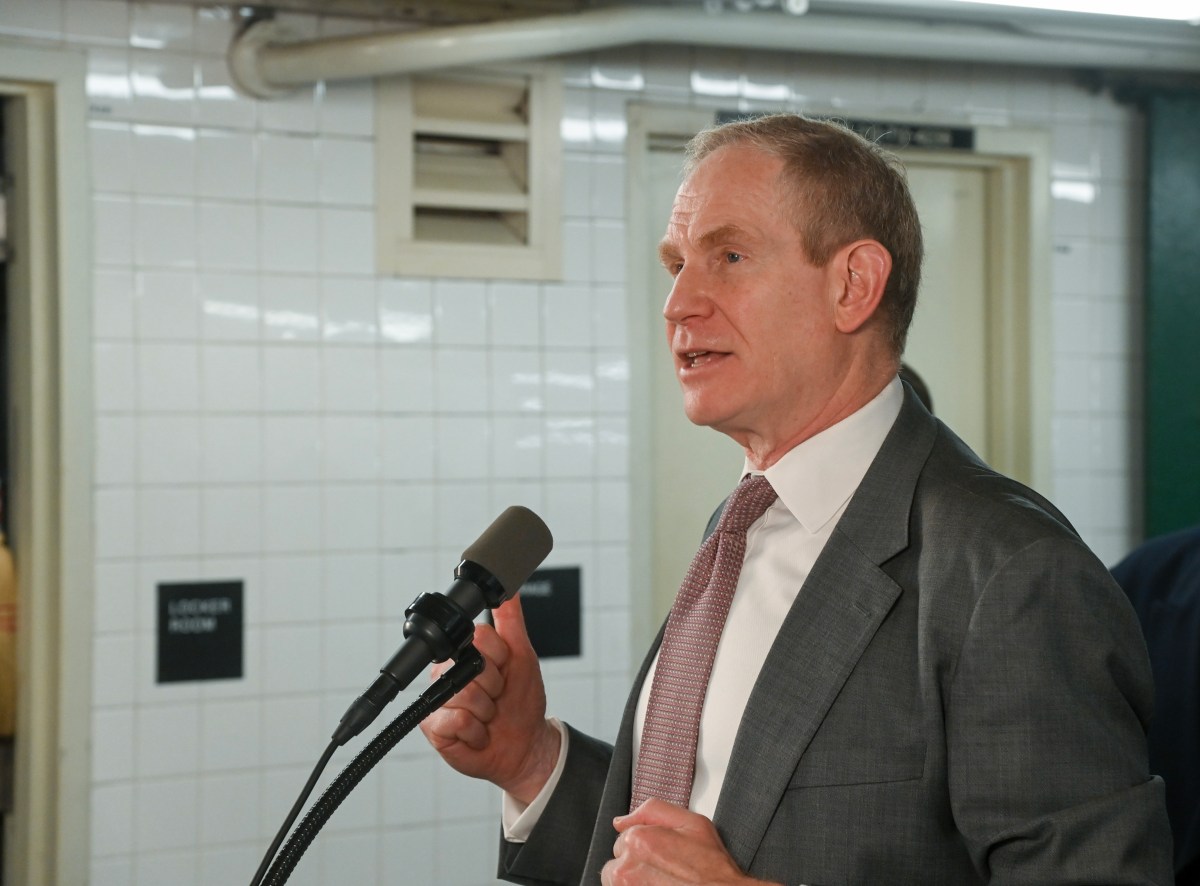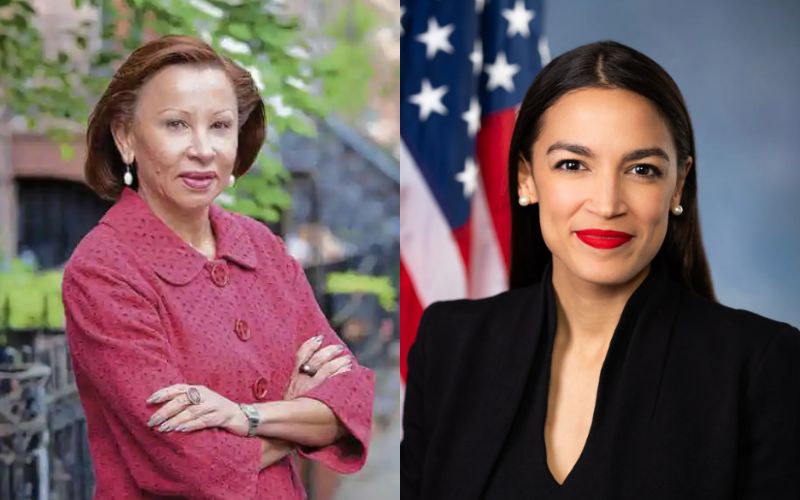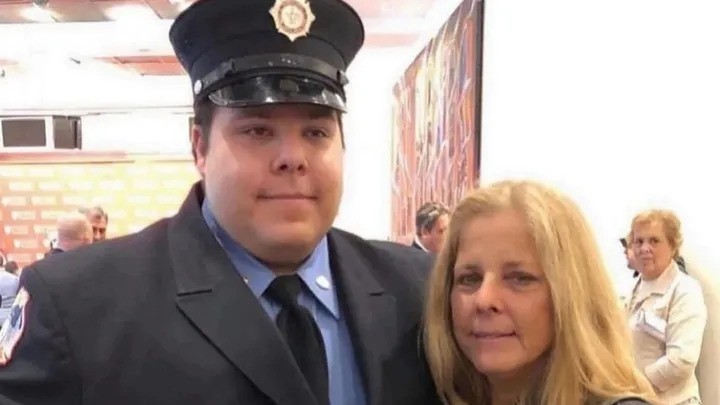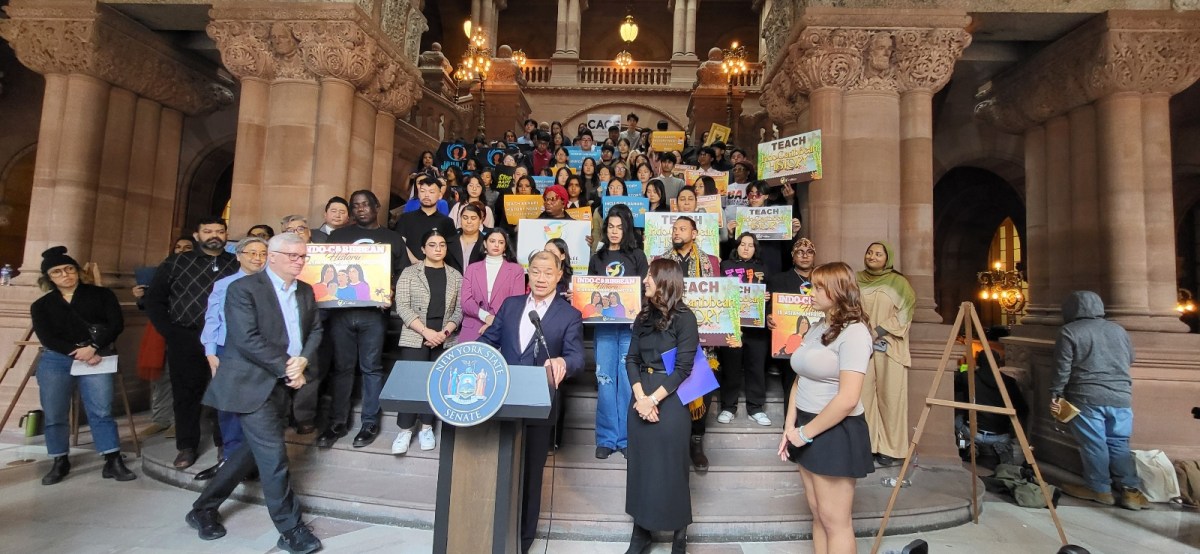This was supposed to be the week we turned on the congestion pricing system. As we all know, that’s no longer happening – at least for the moment.
A few weeks ago, Gov. Kathy Hochul ordered a temporary pause on tolling, and last week the MTA Board acknowledged the State’s decision, while also directing MTA staff to keep the machinery of congestion pricing in good operating order until that pause is lifted. In the meantime, we are reprioritizing and re-sequencing the MTA Capital Program – all the construction projects to maintain and improve the system – to protect riders and service.
No matter how we feel about the pause, re-planning the Capital Program was the right thing to do, and it’s characteristic of the business-like and level-headed approach for which the new MTA is becoming known.
Whether the challenge is expected or unexpected, big or small, we follow the same playbook – assess the situation, develop thoughtful policy responses, and then relentlessly execute the plan. That’s how we approached the idea of congestion pricing in the first place.
Five years ago, the New York State Legislature handed MTA the responsibility of implementing a historic, first-in-the-nation program – a job that is frankly somewhat outside of our historical scope of responsibility and expertise.
And yet because there are hundreds of MTA employees who put their heart and soul into it in every aspect of it – the federal environmental analysis, the wildly complicated traffic and air quality modeling that document required, and hundreds of public outreach events – we were ready for Day One. All in the service of reducing traffic, making our streets safer, and funding mass transit.
But then the pause was announced, and – true to form – folks at the MTA stayed calm and started another business-like response. We mobilized first and foremost to protect riders and service. I asked senior leaders to start reviewing the operating budget and the MTA’s $55 billion 2020-2024 Capital Program.
As they explained at last week’s meeting, with certain funding no longer available, we are shifting gears to prioritize critical State of Good Repair work at the expense of other key projects – like those that address subway accessibility, signal modernization and system expansion like Second Avenue Subway Phase 2.
Governor Hochul has said she is working to secure funding to preserve and revive those projects now moving to the backburner, and we stand ready to work with her and all other partners on that effort. In the meantime, I am focused on what we can do to help New Yorkers, and not what we can’t do.
We can pivot and work to protect the short- and long-term interests of the MTA and of transit riders.
We can get to work on State of Good Repair projects that now move to the front of the line.
We can work to make sure that the projects being moved down the list are ready to go when funding shows up.
And we can stay prepared for the day the temporary pause on congestion pricing is lifted, while looking ahead to the next MTA Capital Program, which is due to be approved and enacted into law by this time next year.
No doubt the road ahead is challenging, but this is what we do as professionals. We take a breath, come up with a plan of action, and then execute so we can make sure that the New York region – supported by the best mass transit system on this side of the globe – remains an economic powerhouse and also can become a greener, safer, more equitable, and more affordable place to live for the 20 million residents who call it home.
Janno Lieber is chair and CEO of the MTA.





































